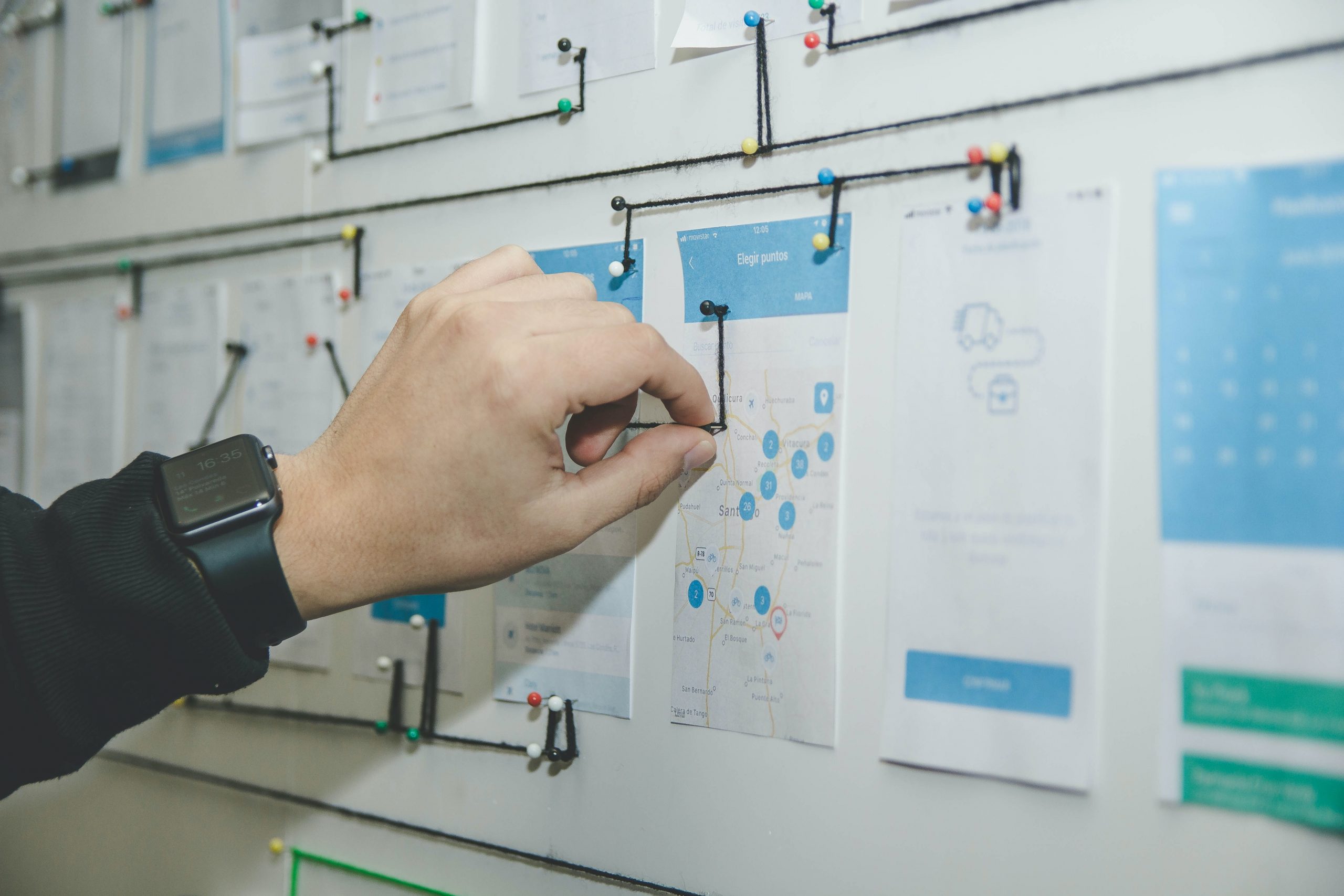When it comes to web design, staying on top of the latest trends and innovations is crucial. In this fast-paced digital world, creating an eye-catching, user-friendly, and high-performing website is more important than ever. In this blog post, we’ll dive into the top web design trends in 2023 that will help your website stand out and rank high on Google.
1. Dark Mode: Embrace the Shadows
Dark mode has become a popular design choice, allowing users to switch between light and dark themes with ease. This trend not only adds a sleek aesthetic to your website but also helps in reducing eye strain for users who prefer browsing at night or in low light environments.
Key benefits of Dark Mode:
- Reduces eye strain
- Increases battery life on devices
- Enhances visual appeal
2. Minimalism: Less is More
Minimalism is a timeless design trend that focuses on simplicity and functionality. It emphasizes the importance of whitespace, clean layouts, and easy-to-read typography. This approach creates a visually pleasing experience, allowing your content to shine.
Features of Minimalist Web Design:
- Whitespace: Ample space around elements to improve readability
- Typography: Clear, legible fonts with a strong hierarchy
- Color: A limited color palette to create a cohesive look
3. Micro-Interactions: Engage Users in Every Step
Micro-interactions are subtle animations or effects triggered by user actions, like hovering over a button or filling out a form. They add a layer of interactivity and playfulness to your website, encouraging users to stay engaged.
Examples of Micro-Interactions:
- Button hover animations
- Loading spinners
- Form input validation
4. Responsive Design: Optimize for All Devices
As mobile devices continue to dominate internet usage, ensuring your website is optimized for various screen sizes is essential. A responsive design automatically adjusts the layout and content to fit the screen, providing a seamless user experience across all devices.
Why Responsive Design is Important:
- Improves SEO ranking on Google
- Enhances user experience
- Increases website traffic
5. AI and Chatbots: Personalize User Interactions
Artificial intelligence (AI) and chatbots have transformed the way businesses interact with their users. These technologies enable a more personalized experience, providing real-time support and guidance.
Benefits of AI and Chatbots:
- Boosts customer engagement
- Provides instant support
- Automates routine tasks
In conclusion, staying up-to-date with the latest web design trends is key to creating a captivating and user-friendly website. Embracing dark mode, minimalism, micro-interactions, responsive design, and AI-driven chatbots will help your website stand out, drive user engagement, and ultimately rank higher on Google. Remember, a well-designed website is the foundation for a successful online presence. Happy designing!
6. Accessible Design: Inclusivity Matters
Designing an accessible website is not only an ethical responsibility but also a smart business move. An inclusive website ensures that all users, including those with disabilities, can access and navigate your site with ease.
Key Aspects of Accessible Design:
- Use of ARIA (Accessible Rich Internet Applications) attributes
- Proper color contrast and legible fonts
- Clear navigation and keyboard accessibility
7. Bold Typography: Make a Statement
Bold and expressive typography has become a popular design trend, allowing designers to create a strong visual impact. This trend utilizes oversized headings, unique typefaces, and creative layouts to grab user attention.
Ways to Use Bold Typography:
- Experiment with custom fonts
- Play with letter spacing and line height
- Combine different font weights and styles
8. 3D Elements and Immersive Experiences
As technology advances, 3D elements and immersive experiences are becoming more accessible for web designers. Incorporating these elements into your design can create a more engaging and interactive user experience.
Incorporating 3D Elements:
- Use WebGL or Three.js for creating 3D graphics
- Add parallax scrolling for a sense of depth
- Implement virtual reality (VR) and augmented reality (AR) experiences
9. Neumorphism: A Fresh Aesthetic
Neumorphism is a design trend that combines the visual characteristics of both flat design and skeuomorphism. This approach uses subtle shadows, highlights, and gradients to create a soft, tactile look.
Neumorphism Design Characteristics:
- Soft shadows and highlights
- Minimal use of color
- Subtle gradients and textures
10. Data Visualization: Make Sense of Complex Information
Data visualization is a powerful tool to present complex information in an easily digestible format. By incorporating visually engaging charts, graphs, and infographics, you can enhance user understanding and increase the value of your content.
Types of Data Visualization:
- Bar and line charts
- Pie charts and donut charts
- Heatmaps and treemaps
Incorporating these web design trends in 2023 will keep your website fresh, engaging, and user-friendly. By focusing on accessibility, bold typography, 3D elements, neumorphism, and data visualization, you can create a captivating online experience that caters to a diverse audience. Always remember to prioritize user experience and stay current with emerging trends to ensure your website remains competitive in the ever-evolving digital landscape.



